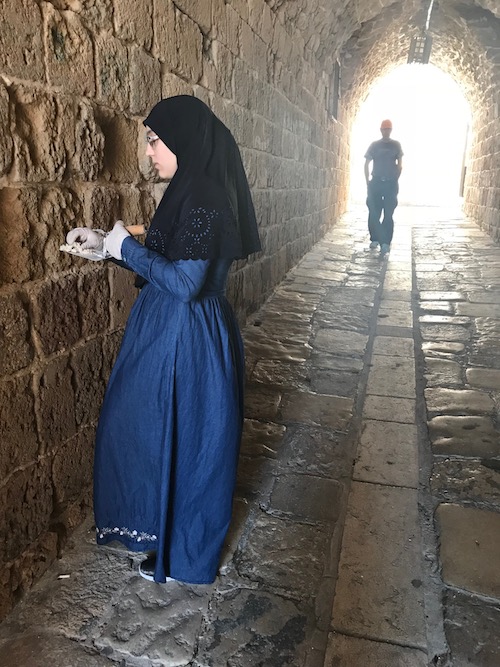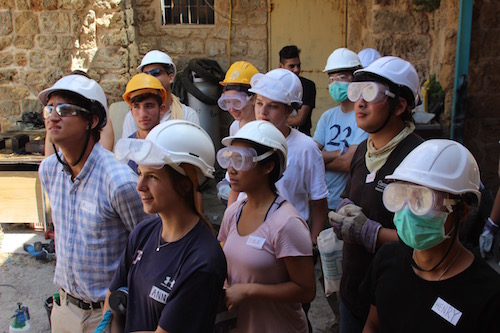Finding My Home at Akko
I have always struggled with homesickness. Whether I am away from my parents for a night or a month, I typically suffer from separation anxiety. I thought, however, that I had outgrown that anxiety when I spent spring break this year studying abroad in Paris. Since I suffered no separation anxiety in Paris, I thought I could manage a longer study abroad experience this summer.
I managed to fly to Israel with no problems and spent hours in the Ben Gurion airport with no signs of anxiety; however, when I arrived at the Nautical Academy, I began to feel the separation and struggled to suppress my anxiety. I spent the first couple days at Akko missing my parents and American food dearly. I was not optimistic about my stay at Akko, I wanted nothing more than to go home to my parents and my cats. I knew, however, that I could not leave. I had committed to the program and I knew that I would never be able to travel the world and pursue my career aspirations if I could not spend time away from my parents.
I began to cope with the distance with long phone calls home and promises of taking me to Chili’s and to see Spiderman: Far From Home when I got home. As the days went on, I began to feel more comfortable with the other students, participants, and faculty at Akko. I had been worried about coming to Akko and not knowing anyone, but most of the students and participants were in Israel for the first time and did not know anyone else in the group prior to coming to Israel. I met a majority of the group at the airport, but I slowly began to meet and interact more with others at meals, on the Tel, during pottery washing, and on excursions in Akko and Israel. When you spend six hours a day in a square with someone or at least two hours a day washing pottery with someone you tend to learn a lot about them.
I was worried about not finding my place at Akko, but it found me. After the first couple of days I had not anticipated to be comfortable at Akko. I thought I had resigned myself to counting down the days until I could go home. I, however, reached outside of my comfort zone and began to meet and learn more about the other people in the program. Those interactions slowly began to make me feel less lonely and foreign. Although I do still miss home on occasion, I have become comfortable with everyone in the program and feel good about being away from home.





